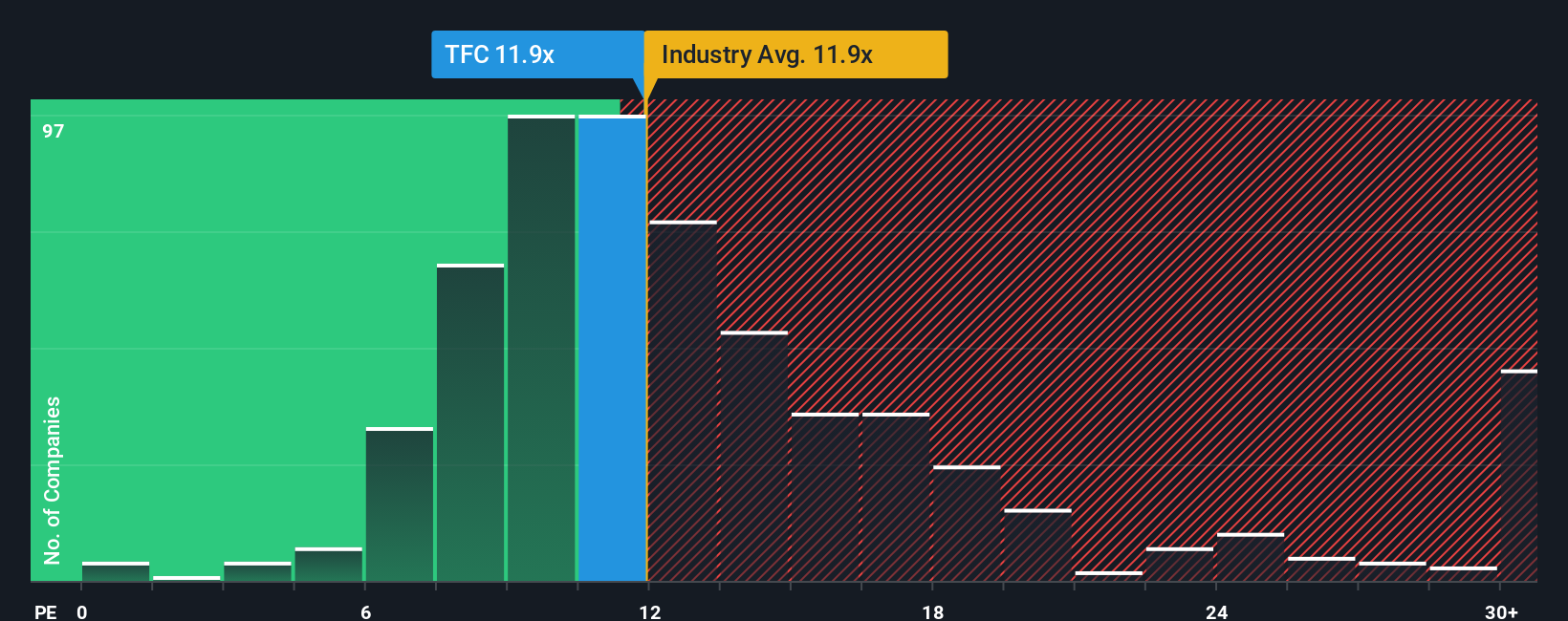How will US deficits affect Treasuries and the dollar?
While there are signs investors have started to come to terms with higher tariffs in the US, deficit concerns have become a larger focus.
“We’ve always talked about deficits, but we’re more highly leveraged on a net debt basis than we’ve been in our lifetimes,” says Goldman Sachs Vice Chairman Rob Kaplan. The former president and CEO of the Federal Reserve Bank of Dallas points out that the country’s budget deficit of around $2 trillion, which is about 6-7% of GDP, is historically high outside of a recession.
“When you’re at full employment, or near it, that’s when you kind of deleverage, and it’s in recession that deficits spike up,” he says.
Kaplan says deficit concerns are beginning to filter through prices for longer-maturity US government bonds. Investors are charging more to hold longer-term government securities, known as the term premium. And while Treasuries have long been the world’s haven asset, longer-dated bonds haven’t rallied this year even as estimates for economic growth have declined.
“So the question is: Is the 10 year and longer duration still the safe-haven, flight-to-quality, asset?” Kaplan says. “In the last several months, it’s not quite acting that way.”
Hatzius says he used to be “more sanguine” about the US fiscal outlook. Following the financial crisis in 2008, for example, the large budget deficit was accompanied by elevated unemployment. Interest rates were far below the rate of real (inflation adjusted) trend GDP growth, which helped accommodate a larger deficit.
“A lot of that has changed,” he says. The economy clearly isn’t underemployed, and real interest rates are much higher. The rate on 10-year Treasury Inflation-Protected Securities is roughly in line with the trend growth rate of the US economy. “And that means we can afford only a much smaller deficit,” Hatzius says. He notes that the deficit ratio would need to be several percentage points lower than it is now in order to stabilize the increase in debt-to-GDP.
That said, US government bond yields have risen enough that the securities are likely to be attractive to private investors, says Ashok Varadhan, co-head of Global Banking & Markets at Goldman Sachs. That’s a change from the period between the Global Financial Crisis through the Covid pandemic when real, inflation adjusted, interest rates were negative.
“They’re not expensive anymore,” Varadhan says of Treasury bonds. “Sovereign debt is at levels that should attract private capital and serve as an asset class that offers diversification to other assets out there.”
On balance, Varadhan expects the Treasury yield curve to steepen: Shorter-term Treasury yields are likely to decline relative to longer-dated Treasuries as the Federal Reserve lowers its policy rate. “The question is whether the data warrants easing a little or a lot,” he says.
Many investors have become more bearish on the US dollar amid fiscal concerns, and Goldman Sachs Research expects further depreciation in the currency. But Varadhan points out that the US isn’t the only developed market with an unusually large budget deficit. The US budget deficit this year is estimated to be about 6% of GDP, while the deficit of France is 5.5%, and the UK 3.6%, according to Goldman Sachs Research. Varadhan suggests that assets like gold and bitcoin could climb relative to fiat currencies.
The outlook for US stocks amid rising deficits
Kaplan notes that, while higher deficits may create challenges for longer-term Treasury yields, the net stimulus may boost GDP growth in the short run. The net stimulus plus substantial investments in AI may help explain why overall corporate earnings are likely to remain resilient.
AI’s capacity to deliver increased productivity is going to be critical in the coming years, Kaplan says. Many populations are aging, and many countries have higher-than-usual levels of debt to GDP. That makes innovation and increases in productivity particularly important.
Varadhan says he’s “super bullish” on equities, even though they’ve reached all-time highs. There’s a tailwind to the US economy from deregulation, and it will be crucial to assess whether the US manages a fair recalibration of trade and continues to attract the best, brightest, and most able people to its labor market.
“We’re not even in the first inning of companies implementing AI,” Varadhan says. “Once that company implementation happens, you get that productivity dividend.”
This article is being provided for educational purposes only. The information contained in this article does not constitute a recommendation from any Goldman Sachs entity to the recipient, and Goldman Sachs is not providing any financial, economic, legal, investment, accounting, or tax advice through this article or to its recipient. Neither Goldman Sachs nor any of its affiliates makes any representation or warranty, express or implied, as to the accuracy or completeness of the statements or any information contained in this article and any liability therefore (including in respect of direct, indirect, or consequential loss or damage) is expressly disclaimed.
Source: goldmansachs.com






